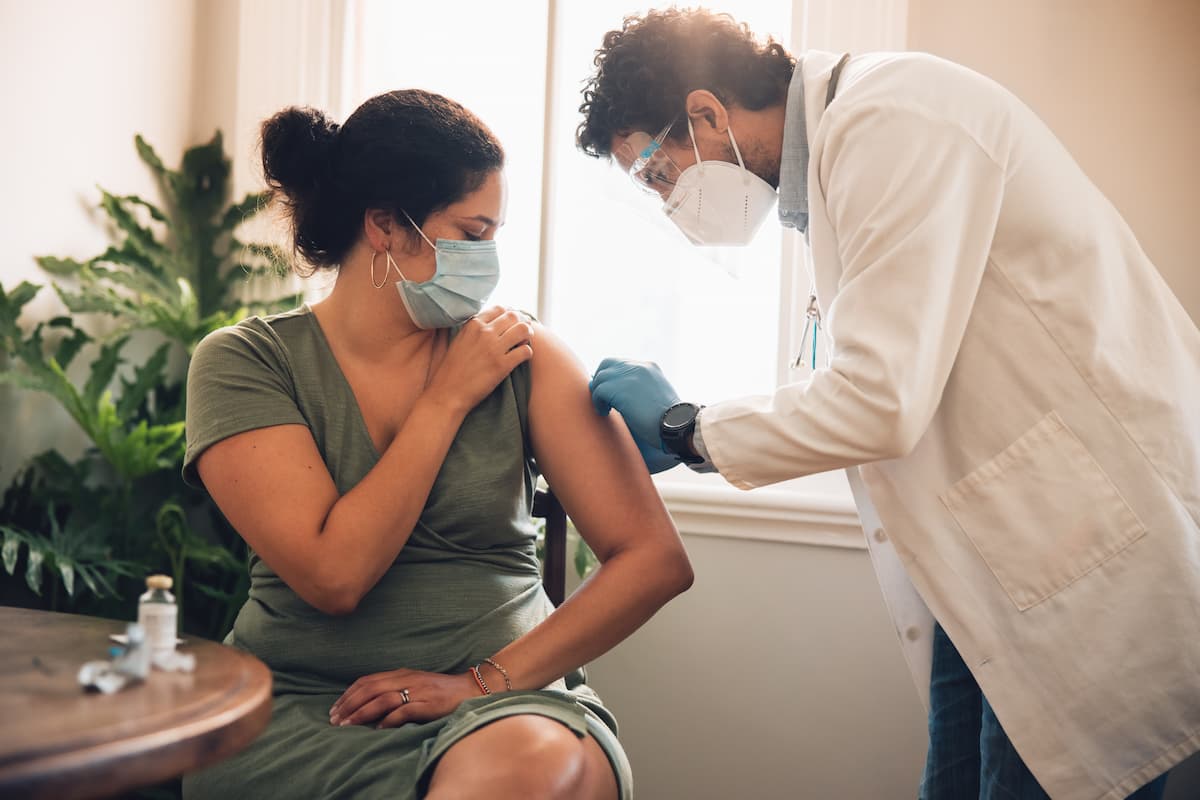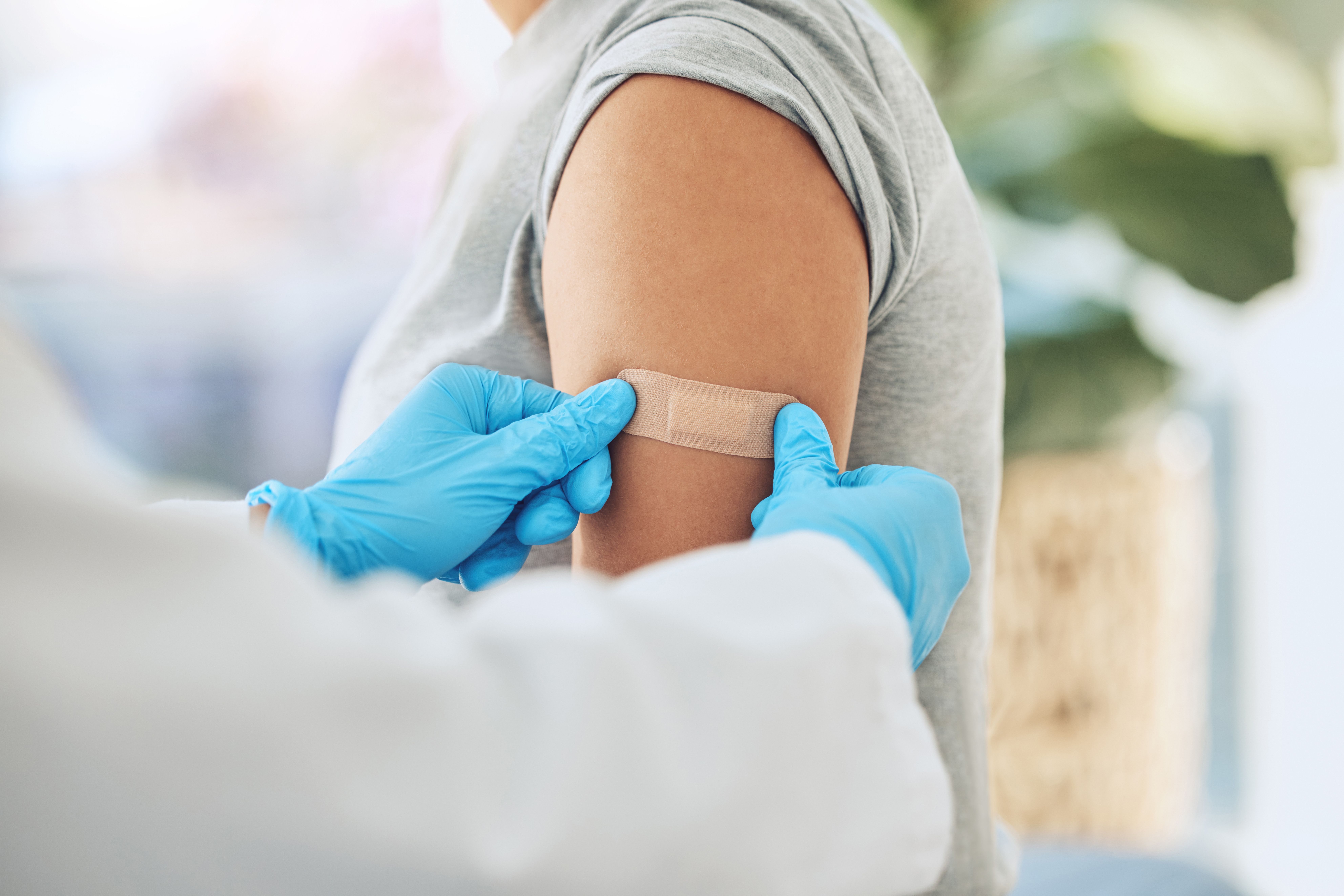Article
Despite Pandemic Challenges, Positive Health Effects Observed for Diabetes Patients Using Telehealth
Author(s):
The shift to telemedicine for patient care for individuals with diabetes showed little negative impact on the metabolic health of these patients.
The COVID-19 pandemic shifted telemedicine from a peripheral aspect of therapy to one of the main health care delivery methods.1 Though there were concerns initially as to how this change in care practices would impact patients with type 1 (T1DM) and type 2 diabetes (T2DM), early studies suggest the metabolic control of patients with diabetes actually improved over the course of quarantine.2
Although the pandemic necessitated the expansion of telemedicine services, its use in diabetes care is not only established, it has also been recommended as an effective alternative method for health care delivery as early as 2015.3 A retrospective chart review of 32 patients with T1DM conducted from June 2014 to October 2016 found that specialty diabetes care delivered via telemedicine was safe, effective, and associated with time savings, cost savings, high appointment adherence rates, and high patient satisfaction.4 Further, experts in the field of telemedicine research have found that those who receive care via telemedicine are very likely to continue using it.5
“Patients who use telemedicine—gain experience with it—are overwhelmingly more likely to try it again,” said Mary Reed, DrPH, research scientist at Kaiser Permanente, in an interview with Pharmacy Times. “So, I’m actually really hopeful that in the long run, our advances in experience with telemedicine are going to support our ongoing use of it.”5
A 2015 metanalysis of 16 studies on the use of telemedicine in diabetes care, published in the Telemedicine Journal and E-Health, found that health effects seen in patients were positive and remarkably consistent, with desirable outcomes seen across the metrics of glycemic level, blood pressure, low-density lipoprotein cholesterol levels, and body weight.3
Studies from the pandemic era of telemedicine have continued to reinforce this positive assessment. A review of the HbA1c levels between the 6 months preceding and the 6 weeks following the COVID-19 lockdown showed that HbA1c levels pre- and post-lockdown were 7.7% and 7.4%, respectively, translating into a significant reduction of − 0.1% (P< .0001).2
“Let’s not abandon those virtual methods we all tried because of the pandemic,” Reed said. “I think some sort of interest and organizational will to continue those things is pretty crucial to continue these advancements. Both patients and clinicians really need to continue to work out, in a non-emergency setting, which clinical and personal situations might be well-addressed by telemedicine.”5
Adults with diabetes weren’t the only patients benefitting from online health services. The pandemic required diabetes education for children with T1DM to shift online, resulting in a study of whether online education was able to effectively improve the quality of life (QoL) for children with T1DM and their parents during the pandemic. The investigators found that the QoL of all children (P=.011), all parents (P=.001), and parents and children as a combined group (P=.002) showed significant improvement after the treatment.6
Although the news is broadly positive, not every adjustment to the pandemic was fully effective in achieving its goals. A study published in BMC Public Health found that lifestyle change programs (LCPs), modeled after the Diabetes Prevention Program and hosted online, resulted in limited meaningful weight loss. Adults referred to an online LCP were more likely to enroll in the program, but less likely to engage. According to the investigators, it is currently unclear how to optimize the online delivery of LPCs when the reach and efficacy is considerably lower.7
Further, despite the positive results seen in studies of the effectiveness of telemedicine, access to telemedicine still remains a critical issue moving forward.8 Though the pandemic was observed to have had no major impact on the metabolic control of patients with T1DM and T2DM, only 32.1% of the patients in the study used teleconsultation services, and 49.4% went without consulting their general practitioner at all.2
“It’s not necessarily doable for all patients—in [Kaiser Permanente’s] system or in our country—to participate fully in digital aspects of their health care,” Reed said. “I suppose that sort of speaks to the importance of supporting low-tech options. Obviously, in-person health care services are needed, but also a low-tech option, like a telephone option. We found in our system, there are a lot of health care situations that can be handled via phone, and so supporting options like telephones are important.”8
Conclusion
Though there are valid concerns as to the effectiveness of certain virtual programs7 and accessibility,8 the evidence suggests that the necessary shift to telemedicine for the health care needs of patients with diabetes was largely successful. Metabolic control improvements over the course of the pandemic2 and QoL improvements for children with T1DM6 suggest that in-person visits may not always be necessary for proper diabetes care to be delivered.
“I’m pretty hopeful that patients, clinicians, and health systems learn some lessons about what’s feasible, what’s the clinical value [of telemedicine], how convenient these tools might be,” Reed said. “Ideally, we can integrate those in the long term in ways that weave into patients’ ongoing clinical care and their ongoing patient-physician relationships.”9
REFERENCES
- How the Shift to Telehealth Affected Health Care Methods for Patients With Diabetes. Pharmacy Times; July 9, 2021. Accessed July 16, 2021. https://www.pharmacytimes.com/view/how-the-shift-to-telehealth-affected-health-care-methods-for-patients-with-diabetes
- Ludwig L, Scheyer N, Remen T, Guerci B. The Impact of COVID-19 Lockdown on Metabolic Control and Access to Healthcare in People with Diabetes: the CONFI-DIAB Cross-Sectional Study [published online ahead of print, 2021 Jul 9]. Diabetes Ther. 2021;1-15. doi:10.1007/s13300-021-01105-y
- Bashshur RL, Shannon GW, Smith BR, Woodward MA. The empirical evidence for the telemedicine intervention in diabetes management. Telemed J E Health. 2015;21(5):321-354. doi:10.1089/tmj.2015.0029
- Xu T, Pujara S, Sutton S, Rhee M. Telemedicine in the Management of Type 1 Diabetes. Prev Chronic Dis. 2018;15:E13. Published 2018 Jan 25. doi:10.5888/pcd15.170168
- The future of telemedicine as the COVID-19 pandemic wanes. Pharmacy Times; July 20, 2021. Accessed July 20, 2021. https://www.pharmacytimes.com/view/the-future-of-telemedicine-as-the-covid-19-pandemic-wanes
- Rochmah N, Faizi M, Hisbiyah Y, et al. Quality of Life Differences in Pre- and Post-Educational Treatment in Type 1 Diabetes Mellitus During COVID-19. Diabetes Metab Syndr Obes. 2021;14:2905-2911. Published 2021 Jun 28. doi:10.2147/DMSO.S313575
- Golovaty I, Wadhwa S, Fisher L, et al. Reach, engagement and effectiveness of in-person and online lifestyle change programs to prevent diabetes. BMC Public Health. 2021;21(1):1314. Published 2021 Jul 5. doi:10.1186/s12889-021-11378-4
- Challenges faced by providers during the shift to online care. Pharmacy Times; July 13, 2021. Accessed July 16, 2021. https://www.pharmacytimes.com/view/challenges-faced-by-providers-during-the-shift-to-online-care
- Changes in health care practices to retain as the pandemic wanes. Pharmacy Times; July 12, 2021. Accessed July 16, 2021.https://www.pharmacytimes.com/view/changes-in-health-care-practices-to-retain-as-the-pandemic-wanes
Newsletter
Stay informed on drug updates, treatment guidelines, and pharmacy practice trends—subscribe to Pharmacy Times for weekly clinical insights.

FDA Grants Full Approval to mRNA-1273 COVID-19 Vaccine in Children At Increased Risk




